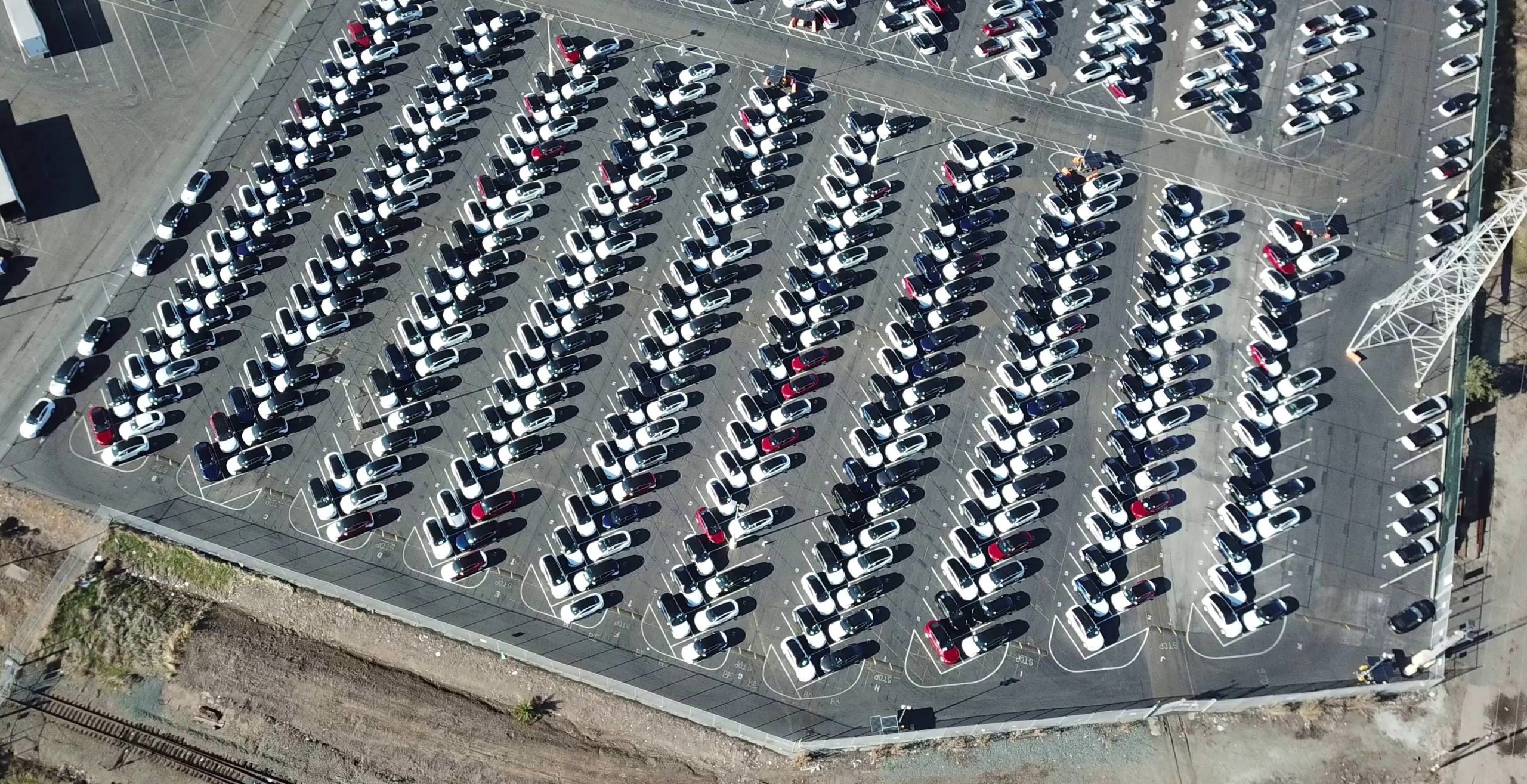
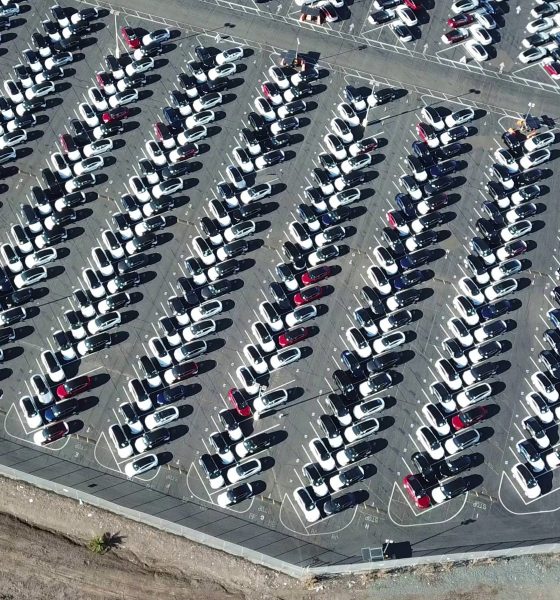
Investor's Corner
Tesla delivers 83.5k vehicles for Q3 2018, Model 3 production hits 53,239
During the third quarter, Tesla produced a total of 80,142 electric cars, 50% more than the company’s prior all-time high in Q2 2018. Tesla produced 53,239 Model 3, as well as 26,903 Model S and X vehicles.
Deliveries for Q3 totaled 83,500 vehicles, comprised of 55,840 Model 3, as well as 14,470 Model S, and 13,190 Model X. With these figures, Tesla’s Q3 deliveries alone corresponds to 80% of the company’s entire deliveries last year. The electric car maker also delivered about twice as many Model 3 in the third quarter as all previous quarters combined.
Tesla also had 8,048 Model 3and 3,776 Model S and X in transit to customers at the end of Q3. These vehicles are expected to be delivered in early Q4 2018. The company’s target of delivering 100,000 Model S and X in 2018 remains unchanged.
The third quarter saw Tesla transition from its self-imposed “production hell” and well into what Elon Musk describes as “delivery logistics hell.” Even before the Q3 results were released, expectations from Wall Street analysts already pointed to the electric car maker hitting its target of producing and delivering 50,000-55,000 Model 3 in the quarter. Even Goldman Sachs analyst David Tamberrino, who has long been a Tesla skeptic, released a note stating that he expects the company to achieve its Q3 production and delivery targets.
The past quarter has not been blemish-free for Tesla. During Q3, the electric car maker’s shares in the stock market experienced several drops, the most notable of which was a steep dive last week after the Securities and Exchange Commission announced that it has filed a lawsuit against Elon Musk over his “funding secured” tweet last August. Musk and the SEC reached a settlement for the lawsuit this past Saturday, and by Monday’s close, TSLA stock recovered the losses it incurred from the previous week’s drop.
https://twitter.com/_wongc/status/1046609449291370496
It should be noted that Tesla’s record Q3 2018 numbers were achieved through a remarkable team effort that started from the company’s executives all the way to owners of the electric cars themselves. As Tesla faced challenges with its “delivery logistics hell” at the end of Q3, some Tesla owners volunteered to help out the company by conducting orientations for newcomers. Over the last two weekends of Q3, Tesla’s volunteer-boosted delivery initiative ultimately helped the company achieve its record delivery figures. Anecdotes from electric car owners also indicated that even executives like Elon Musk helped out in deliveries as well.
Tesla is set to tackle even more ambitious targets in Q4. Tesla’s Model 3 production ramp, which is now hitting its stride, is expected to continue until the company hits a steady pace of producing 10,000 Model 3 per week. Preparations for the initial production of the $35,000 Standard trim Model 3, which is expected to enter production early next year, are also expected to continue.
Tesla’s production and delivery report for Q2 2018 can be accessed below.
PALO ALTO, Calif., Oct. 02, 2018 (GLOBE NEWSWIRE) — In Q3, we produced 80,142 vehicles, 50% more than our prior all-time high in Q2, including:
- 53,239 Model 3 vehicles, which was in line with our guidance and almost double the volume of Q2. During Q3, we transitioned Model 3 production from entirely rear wheel drive at the beginning of the quarter to almost entirely dual motor during the last few weeks of the quarter. This added significant complexity, but we successfully executed this transition and ultimately produced more dual motor than rear wheel drive cars in Q3. In the last week of the quarter, we produced over 5,300 Model 3 vehicles, almost all of which were dual motor, meaning that we achieved a production rate of more than 10,000 drive units per week.
- 26,903 Model S and X vehicles, which was slightly higher than Q2 and in line with our full-year guidance.
Q3 deliveries totaled 83,500 vehicles: 55,840 Model 3, 14,470 Model S, and 13,190 Model X. To put this in perspective, in just Q3, we delivered more than 80% of the vehicles that we delivered in all of 2017, and we delivered about twice as many Model 3s as we did in all previous quarters combined.
Our Q3 Model 3 deliveries were limited to higher-priced variants, cash/loan transactions, and North American customers only. There remain significant opportunities to grow the addressable market for Model 3 by introducing leasing, standard battery and other lower-priced variants of the car, and by starting international deliveries.
Demand for Model S and X remains high. In Q3, we were able to significantly increase Model S and X deliveries notwithstanding the headwinds we have been facing from the ongoing trade tensions between the US and China. Those trade tensions have resulted in an import tariff rate of 40% on Tesla vehicles versus 15% for other imported cars in China.
In addition, Tesla continues to lack access to cash incentives available to locally produced electric vehicles in China that are typically around 15% of MSRP or more. Taking ocean transport costs and import tariffs into account, Tesla is now operating at a 55% to 60% cost disadvantage compared to the exact same car locally produced in China. This makes for a challenging competitive environment, given that China is by far the largest market for electric vehicles. To address this issue, we are accelerating construction of our Shanghai factory, which we expect to be a capital efficient and rapid buildout, using many lessons learned from the Model 3 ramp in North America.
With production stabilized, delivery and outbound vehicle logistics were our main challenges during Q3. We made many improvements to these processes throughout the quarter, and plan to make further improvements in Q4 so that we can scale successfully. As part of this effort, we plan to continue to expand direct deliveries to customers at their home or office, a service we launched in Q3 to improve customer convenience.
8,048 Model 3 vehicles and 3,776 Model S and X vehicles were in transit to customers at the end of Q3, and will be delivered in early Q4. Our overall target of 100,000 Model S and X deliveries in 2018 remains unchanged.
Our net income and cash flow results will be announced along with the rest of our financial performance when we announce Q3 earnings.
We want to thank the entire Tesla team for executing so well during this challenging ramp up in deliveries. We also want to thank all of our customers who volunteered to help us with deliveries, and our new customers who are showing their faith in Tesla by purchasing our products in such large numbers. It was beyond inspiring to see the contributions made by the whole Tesla community.
Tesla’s Q3 2018 vehicle deliveries and production report can be accessed here.

Investor's Corner
Tesla stock closes at all-time high on heels of Robotaxi progress
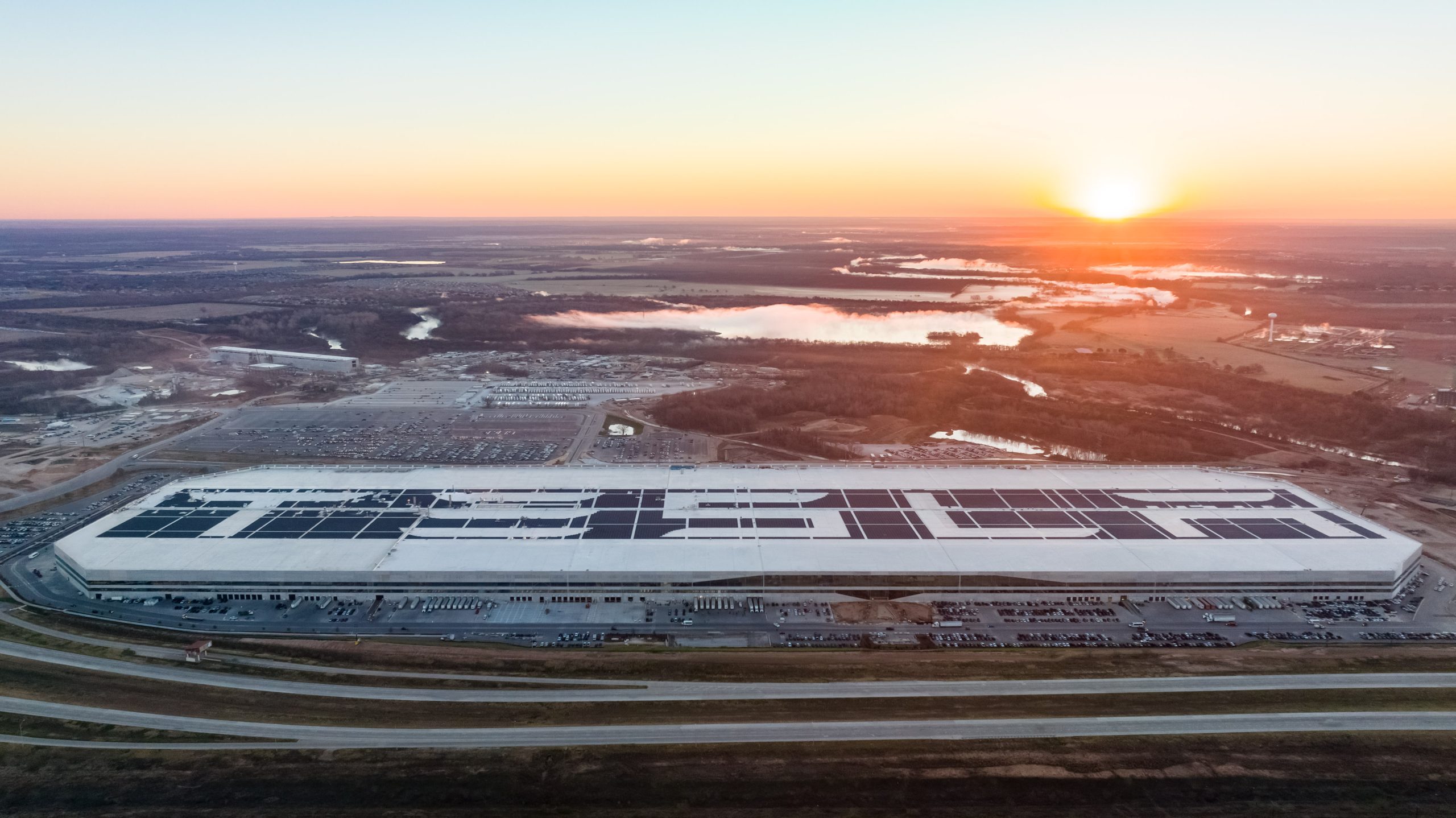
Tesla stock (NASDAQ: TSLA) closed at an all-time high on Tuesday, jumping over 3 percent during the day and finishing at $489.88.
The price beats the previous record close, which was $479.86.
Shares have had a crazy year, dipping more than 40 percent from the start of the year. The stock then started to recover once again around late April, when its price started to climb back up from the low $200 level.
This week, Tesla started to climb toward its highest levels ever, as it was revealed on Sunday that the company was testing driverless Robotaxis in Austin. The spike in value pushed the company’s valuation to $1.63 trillion.
Tesla Robotaxi goes driverless as Musk confirms Safety Monitor removal testing
It is the seventh-most valuable company on the market currently, trailing Nvidia, Apple, Alphabet (Google), Microsoft, Amazon, and Meta.
Shares closed up $14.57 today, up over 3 percent.
The stock has gone through a lot this year, as previously mentioned. Shares tumbled in Q1 due to CEO Elon Musk’s involvement with the Department of Government Efficiency (DOGE), which pulled his attention away from his companies and left a major overhang on their valuations.
However, things started to rebound halfway through the year, and as the government started to phase out the $7,500 tax credit, demand spiked as consumers tried to take advantage of it.
Q3 deliveries were the highest in company history, and Tesla responded to the loss of the tax credit with the launch of the Model 3 and Model Y Standard.
Additionally, analysts have announced high expectations this week for the company on Wall Street as Robotaxi continues to be the focus. With autonomy within Tesla’s sights, things are moving in the direction of Robotaxi being a major catalyst for growth on the Street in the coming year.
Elon Musk
Tesla needs to come through on this one Robotaxi metric, analyst says
“We think the key focus from here will be how fast Tesla can scale driverless operations (including if Tesla’s approach to software/hardware allows it to scale significantly faster than competitors, as the company has argued), and on profitability.”
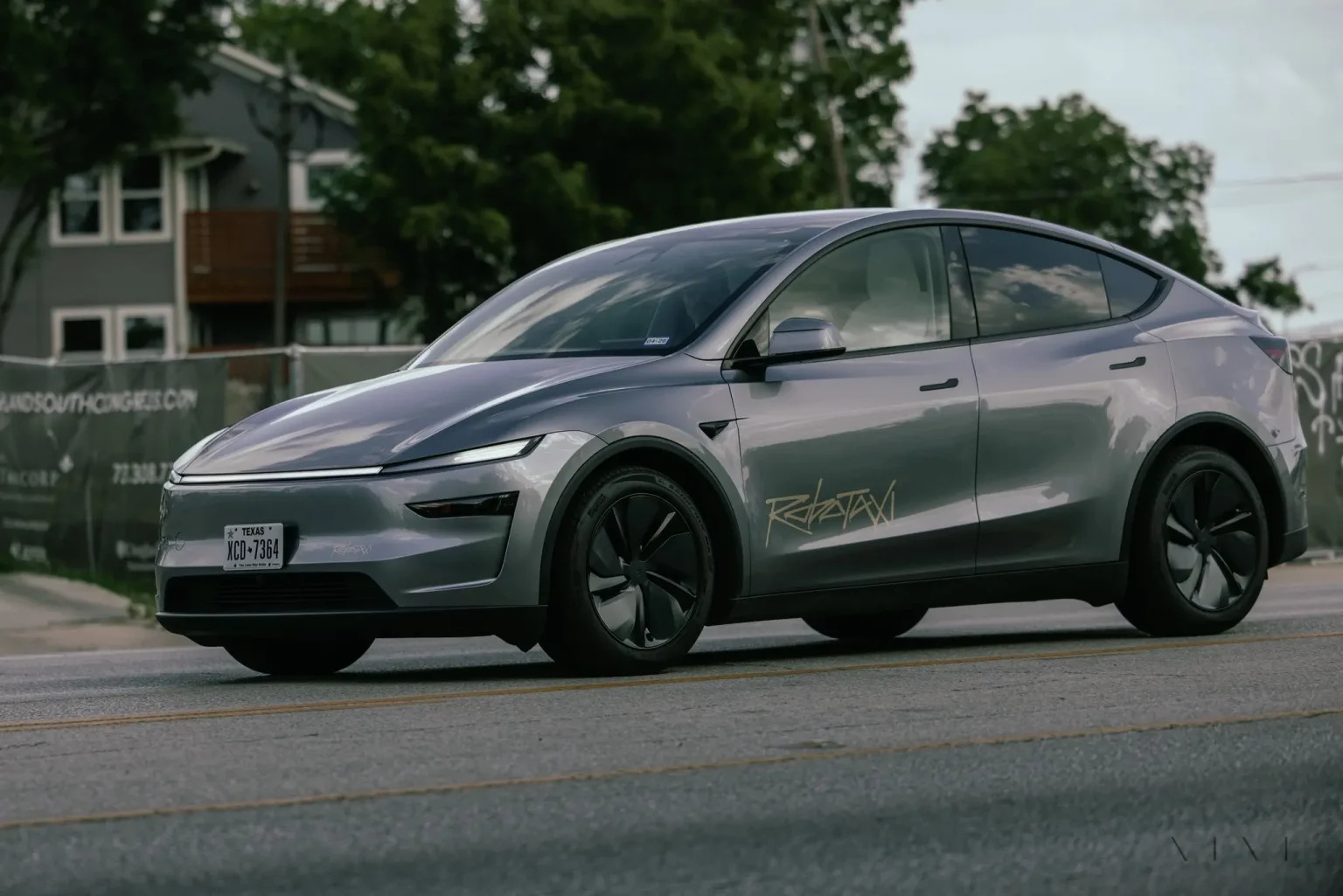
Tesla needs to come through on this one Robotaxi metric, Mark Delaney of Goldman Sachs says.
Tesla is in the process of rolling out its Robotaxi platform to areas outside of Austin and the California Bay Area. It has plans to launch in five additional cities, including Houston, Dallas, Miami, Las Vegas, and Phoenix.
However, the company’s expansion is not what the focus needs to be, according to Delaney. It’s the speed of deployment.
The analyst said:
“We think the key focus from here will be how fast Tesla can scale driverless operations (including if Tesla’s approach to software/hardware allows it to scale significantly faster than competitors, as the company has argued), and on profitability.”
Profitability will come as the Robotaxi fleet expands. Making that money will be dependent on when Tesla can initiate rides in more areas, giving more customers access to the program.
There are some additional things that the company needs to make happen ahead of the major Robotaxi expansion, one of those things is launching driverless rides in Austin, the first city in which it launched the program.
This week, Tesla started testing driverless Robotaxi rides in Austin, as two different Model Y units were spotted with no occupants, a huge step in the company’s plans for the ride-sharing platform.
Tesla Robotaxi goes driverless as Musk confirms Safety Monitor removal testing
CEO Elon Musk has been hoping to remove Safety Monitors from Robotaxis in Austin for several months, first mentioning the plan to have them out by the end of 2025 in September. He confirmed on Sunday that Tesla had officially removed vehicle occupants and started testing truly unsupervised rides.
Although Safety Monitors in Austin have been sitting in the passenger’s seat, they have still had the ability to override things in case of an emergency. After all, the ultimate goal was safety and avoiding any accidents or injuries.
Goldman Sachs reiterated its ‘Neutral’ rating and its $400 price target. Delaney said, “Tesla is making progress with its autonomous technology,” and recent developments make it evident that this is true.
Investor's Corner
Tesla gets bold Robotaxi prediction from Wall Street firm
Last week, Andrew Percoco took over Tesla analysis for Morgan Stanley from Adam Jonas, who covered the stock for years. Percoco seems to be less optimistic and bullish on Tesla shares, while still being fair and balanced in his analysis.
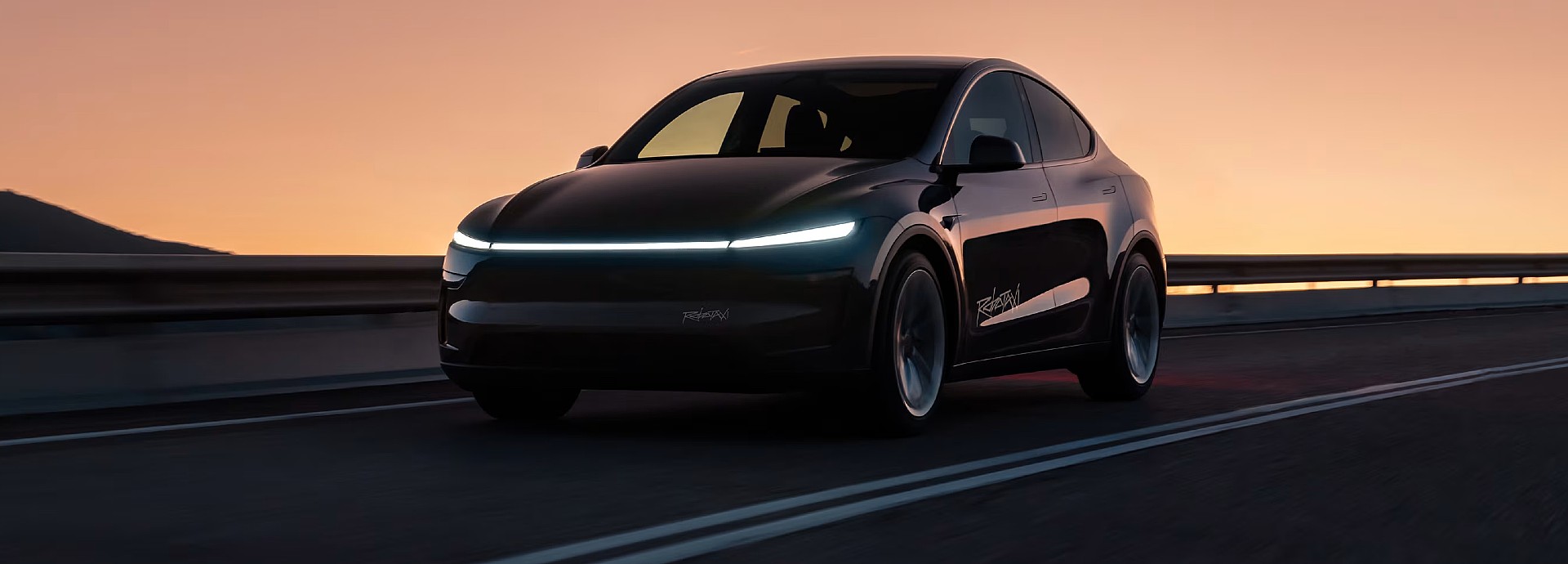
Tesla (NASDAQ: TSLA) received a bold Robotaxi prediction from Morgan Stanley, which anticipates a dramatic increase in the size of the company’s autonomous ride-hailing suite in the coming years.
Last week, Andrew Percoco took over Tesla analysis for Morgan Stanley from Adam Jonas, who covered the stock for years. Percoco seems to be less optimistic and bullish on Tesla shares, while still being fair and balanced in his analysis.
Percoco dug into the Robotaxi fleet and its expansion in the coming years in his latest note, released on Tuesday. The firm expects Tesla to increase the Robotaxi fleet size to 1,000 vehicles in 2026. However, that’s small-scale compared to what they expect from Tesla in a decade.
Tesla expands Robotaxi app access once again, this time on a global scale
By 2035, Morgan Stanley believes there will be one million Robotaxis on the road across multiple cities, a major jump and a considerable fleet size. We assume this means the fleet of vehicles Tesla will operate internally, and not including passenger-owned vehicles that could be added through software updates.
He also listed three specific catalysts that investors should pay attention to, as these will represent the company being on track to achieve its Robotaxi dreams:
- Opening Robotaxi to the public without a Safety Monitor. Timing is unclear, but it appears that Tesla is getting closer by the day.
- Improvement in safety metrics without the Safety Monitor. Tesla’s ability to improve its safety metrics as it scales miles driven without the Safety Monitor is imperative as it looks to scale in new states and cities in 2026.
- Cybercab start of production, targeted for April 2026. Tesla’s Cybercab is a purpose-built vehicle (no steering wheel or pedals, only two seats) that is expected to be produced through its state-of-the-art unboxed manufacturing process, offering further cost reductions and thus accelerating adoption over time.
Robotaxi stands to be one of Tesla’s most significant revenue contributors, especially as the company plans to continue expanding its ride-hailing service across the world in the coming years.
Its current deployment strategy is controlled and conservative to avoid any drastic and potentially program-ruining incidents.
So far, the program, which is active in Austin and the California Bay Area, has been widely successful.








